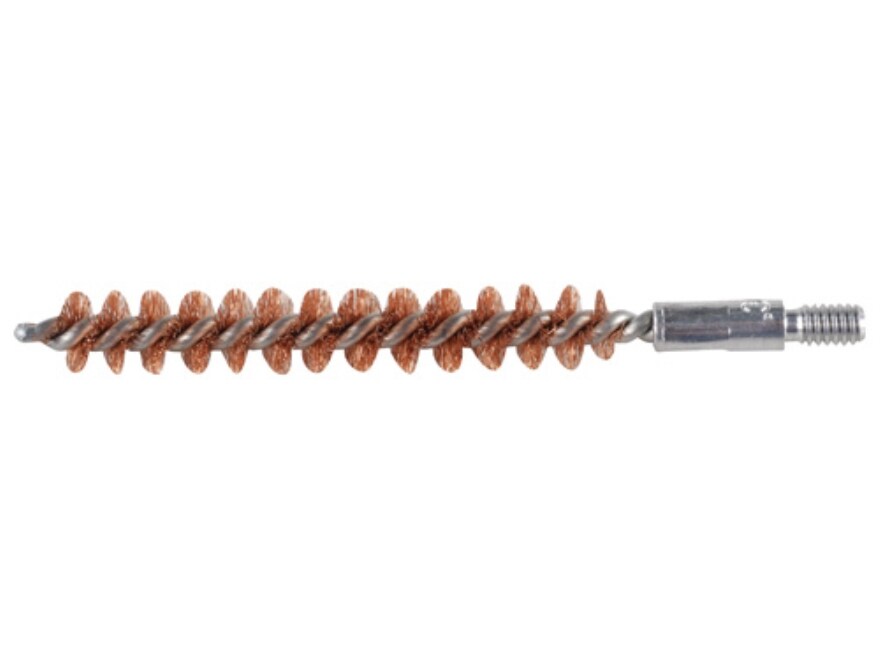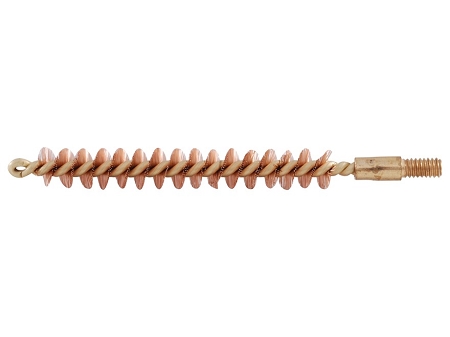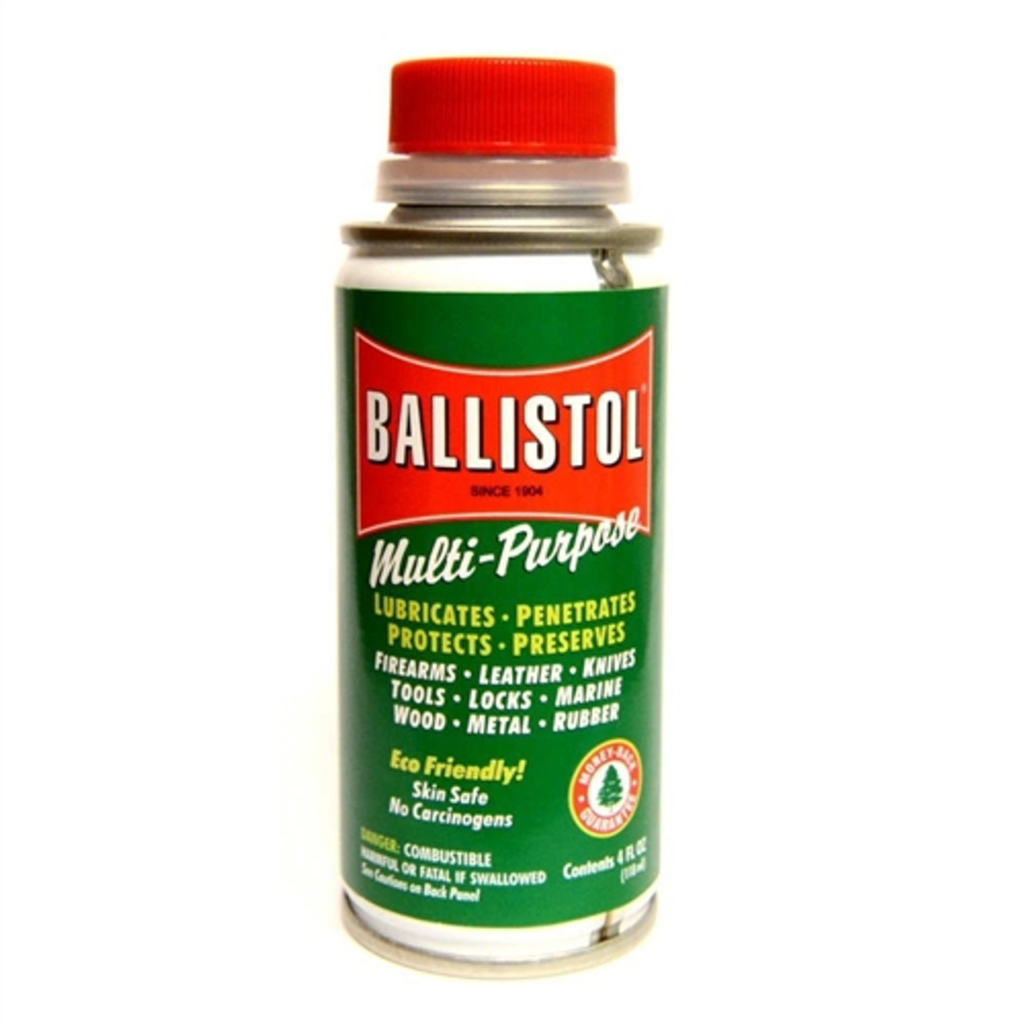The next installment of my current series of firearms related articles is about maintaining your firearms. I’m sure most of you have a method for cleaning your guns, and you probably do a good enough job at it. This article will hopefully give you a deeper look into cleaning and maintenance. And yes, cleaning and maintenance are different.
Any one who owns guns should have a basic cleaning kit. You’ve probably had, at some point, one of the basic kits from Hoppe’s. They are a good starting point. They typically come with a multi-section cleaning aluminum cleaning rod, a selection of bronze bore brushes, a couple of patch holders, patches, some form of gun oil and Hoppe’s #9 bore solvent. (On a personal note, I have associated the smell of #9 with guns for as long as I can remember. And even though I have moved on from using it regularly, I still have it on my cleaning bench and open the bottle while I’m cleaning and maintaining my firearms.)
First and foremost, make sure your weapon is clear. More accidents occur with unloaded firearms than I care to count, and a lot of those happen while cleaning.
While I’m not going to go into detail about what a basic clean should look like, I am going to tell you some things you should be doing and some that you should not.
When possible you should be cleaning the barrel from the breech end using a bore guide and a properly sized one-piece cleaning rod. Multi-piece rods can pick up grit and scratch the barrel even if the rod is made from aluminum or brass.
You should not change direction while the brush or patch is still in the bore. You can damage the rifling by changing the direction.
While we’re on the subject of brushes, jags and patch holders, you should be using high quality phosphor bronze items and brushes should have a bronze or brass core. The steel cored brushes, like the one on the left below, can damage the muzzle crown. The only time I use anything other than bronze tools is when I’m de-coppering a badly fouled barrel. The copper in the bronze can give you false indications that there is still copper fouling in the barrel.


I personally prefer using a bore jag over a slotted patch holder. They are sized to the bore diameter and get the patch down into the grooves on the rifling better than a patch holder. The only time I use a slotted holder is if I’m cleaning a lever gun as most of those have to be cleaned from the muzzle and have a restricted space at the breech end to grab the spent patch.


You should be using properly sized patches. Too small, and the patch won’t reach the bottom of the lands, too big and it will make pushing the patch through the barrel more difficult than it needs to be. I personally use old T-shirts cut into properly sized squares. The cotton material is both absorbent and just abrasive enough.
When it comes to cleaning the action, there are a ton of different methods. As long as they get the action clean and don’t cause any damage, they’re fine. For larger pieces, I use aerosol brake cleaner or carburetor cleaner, for smaller ones I use my ultrasonic cleaner. Both of those methods work fine as long as you’re not dealing with any wood.
There are a few cleaners out there that are safe for wood. When it comes to gun specific stuff, that means Ballistol.

Ballistol was developed for the German army in 1904. It is a multipurpose oil and cleaner. I use it almost exclusively on my collection of milsurp rifles, as, unlike other gun oils and cleaners, it will not damage the wood.
Now that we have our firearms clean, it’s time to do some maintenance.
Let’s start out with a definition of maintenance. Sure, cleaning is a part of it, but maintaining firearms goes beyond cleaning. Maintenance includes making sure that everything is serviceable, that all fasteners are tight and to the proper specs, that nothing is cracked or broken, and most of all, that the firearm is safe to fire.
The first thing you should do are some simple function checks. Do the trigger and sear engage properly? Does the hammer or striker fall when it’s supposed to? Does the gun cycle properly? Does the bolt close completely?
To be honest, the items above are things you should be doing every time you handle your firearms, but during your maintenance time, you should pay close attention to them.
Check your sights or optics. Are all the fasteners tight? Grab ahold of them and give them a wiggle. There should be no movement. Are the sight dovetails tight? Is there any visible damage to the sights or the dovetails?

Are your scope bases tight? The screws for the bases should be torqued to a minimum of 25 inch-pounds and should have been installed with a medium strength thread locker. Scope rings should be torqued to no more than 18 in-lbs. You can use loctite on the ring screws, but I generally don’t.
Check the torque on your action screws for traditional bolt action rifles, I’d give a value but it depends on the manufacturer. Believe it or not, a loose action screw can change the point of impact by several inches. Worse, at least from my POV, a loose action screw can cause a pattern not a group. While you’re checking those screws, examine the stock. Is the wood oil soaked? Are there any cracks? Are the holes out-of-round?

Check the swivel studs, are they loose? Is the stock hole starting to open up?
Take a look at the butt pad or plate. Is the pad starting to deteriorate? Is the plate cracked, rusted or otherwise damaged?
Examine the stock for damage. Most synthetic stocks are immune from major damage, but they can be scratched and gouged. Wood stocks, either traditional or laminate, are more susceptible to damage. Check the wrist of the stock for cracking. Look for oil damage anywhere the wood comes into contact with metal surfaces. Oil damage will look like dark staining on the wood. Left untreated, oil soaked wood gets soft and punky.

If you find damage in any of the areas I mentioned, don’t fret. Most of them are easy repairs. If you are at all handy, you should be able to effect most of the repairs. The only ones I would refer you to a competent gunsmith for are bad oil damage or complete cracks in the wrist of the stock.
For those of you who shoot Black Rifles, much of the list remains the same, but there are some additions.
Check your gas system. Make sure the gas tube is not dented, bent or otherwise damaged. Make sure all of your magazines are clean and functional. Ensure the screws and bolts holding the furniture on are tight.